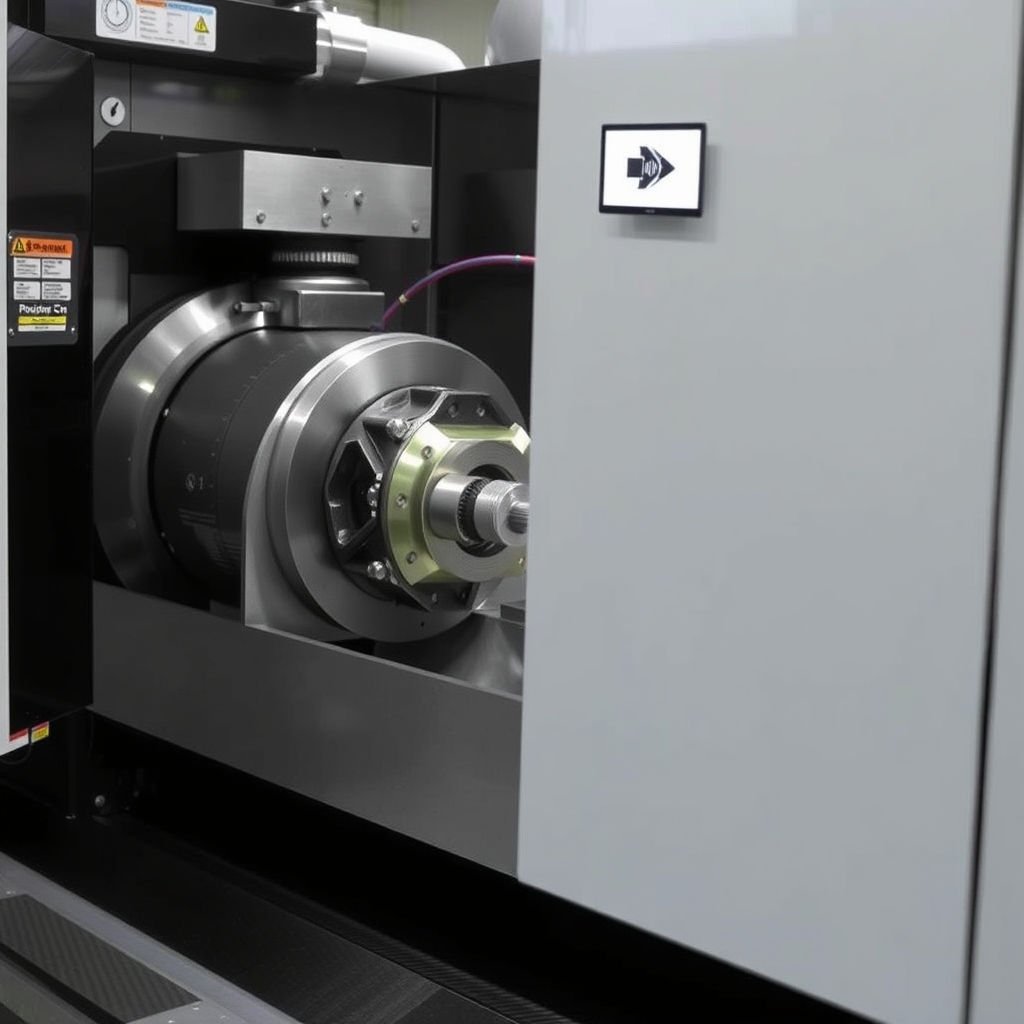
- +8615586668226
- [email protected]
- Nr. 30, Hongbang Industrial Park, Shenzhen

Milling isn’t just cutting metal—it’s about maximizing performance. The choice between climb (down) and conventional (up) milling impacts:
With industries like aerokosmiskā nozare, automobiļu nozare, un medicīnas ierīces demanding micron-level precision, selecting the optimal method is non-negotiable.
Climb milling, or down milling, involves the cutter rotating in the same direction as the workpiece feed. This method starts with maximum chip thickness, reducing friction and heat for smoother cuts.
In conventional (up) milling, the cutter rotates against the feed direction. It’s ideal for rough surfaces, castings, and manual machines.
| Faktors | Climb Milling | Conventional Milling |
|---|---|---|
| Chip Thickness | Starts thick, tapers to zero | Starts thin, increases gradually |
| Darbarīku kalpošanas laiks | Longer (less heat) | Shorter (more friction) |
| Workpiece Forces | Downward (stabilizing) | Upward (requires strong clamping) |
| Vislabāk piemērots | Soft metals, finishing passes | Hard materials, roughing |
A manufacturer of aerospace brackets switched to climb milling on a 5-axis CNC machine, achieving:
Which method is better for titanium alloys?
Climb milling is preferred for titanium’s low thermal conductivity, minimizing heat buildup.
Can I use climb milling on a manual machine?
Avoid it—backlash risks tool pull-in. Stick to conventional milling for safety.
How does material thickness affect the choice?
Thin materials (<6 mm) benefit from climb milling’s stabilizing forces.
Is conventional milling outdated?
No—it’s indispensable for roughing cast iron or Smagais aprīkojums daļas.
Ready to optimize your CNC operations? Sazinieties ar mums for tailored machining solutions!
Mūsu blogā uzziniet jaunākās tendences un faktus par CNC ražošanu.
Shenzhen Runkey Precision Technology Co. Ltd, kas ir Tensun grupas meitasuzņēmums, ir jūsu uzticams vienas pieturas risinājums pielāgotai ražošanai no prototipa līdz ražošanai.Pārvēršot jūsu ideju realitātē ar digitālās ražošanas resursiem, racionalizētiem procesiem, ekspertu vadību, paātrinātiem termiņiem un bezkompromisa kvalitāti.
©2024. Visas tiesības aizsargātas.